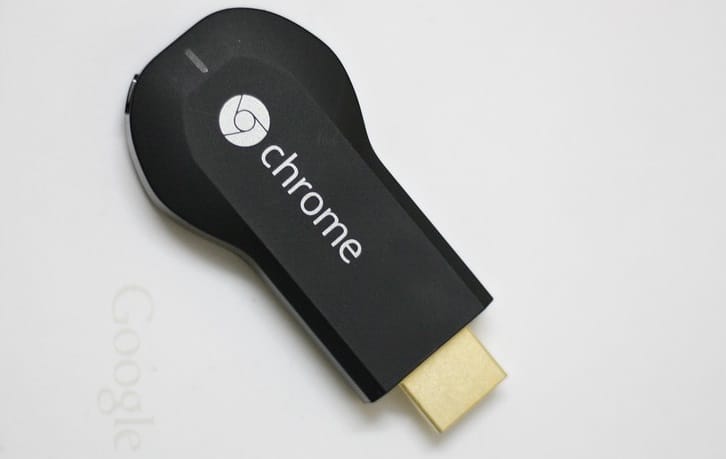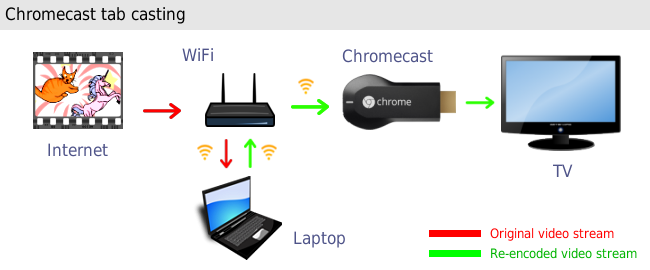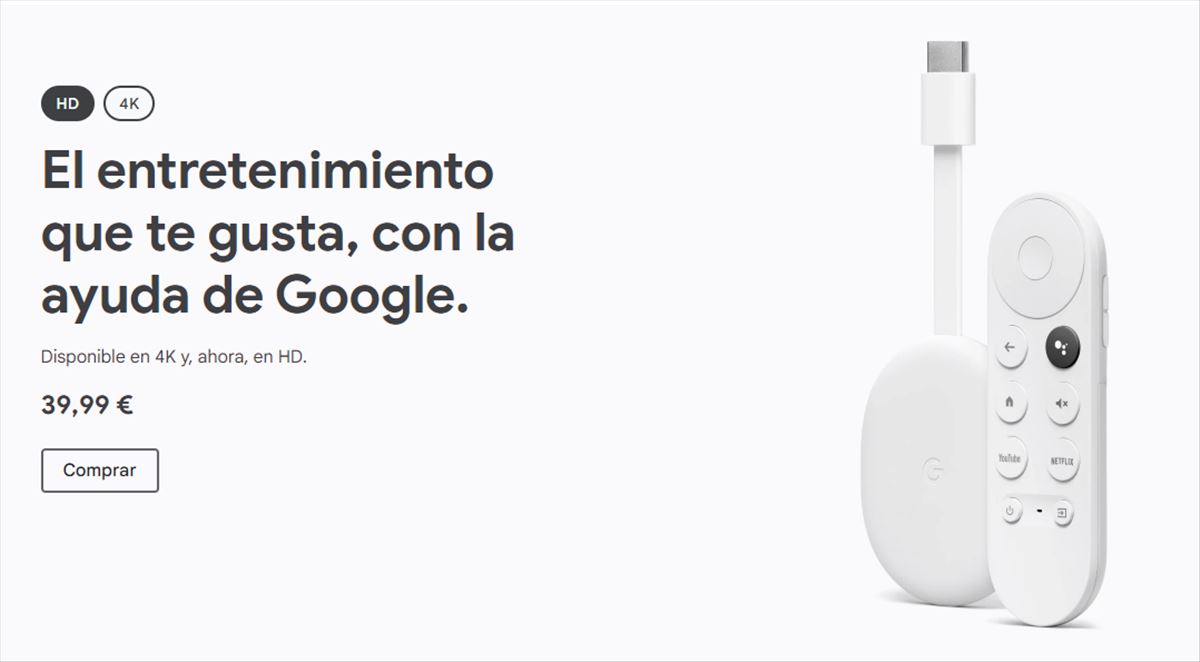

- #Chromebook cast to chromecast android#
- #Chromebook cast to chromecast password#
- #Chromebook cast to chromecast tv#
#Chromebook cast to chromecast password#
Something as simple as a password is more than enough to keep any interruptions at bay and, indeed, works well for Apple’s AirPlay. Just like the awkward couch demo of the Nexus Q at Google I/O 2012, anyone can obliterate your carefully crafted playlist from halfway across the room without you noticing and preempt any content queued up the moment they decide to play a song or video immediately rather than adding it to the queue.Īlong with Google’s increased attention to education with Google Play for Education, the Chromecast also offers significant potential for students, teachers, and even guest lecturers to bring richer and more interactive experiences into the classroom.īut open access to the Chromecast from any device connected to the local network restricts these possibilities – be they dinner parties with friends or a classroom environment. Google wants the Chromecast to “just work”, and whilst adding your Chromecast to the local network and watching apps automagically present a cast button all in under a minute is magical, it soon wears off when you start sharing the telly with friends and family. ‘…anyone can obliterate your playlist from halfway across the room without you noticing.’ Indeed, the forever unpressed Anynet+ button on our Samsung TV’s remote searches for and connects to any HDMI-CEC devices and the functionality works perfectly with the Chromecast.

This works through HDMI-CEC though it probably won’t be advertised as HDMI-CEC on your television. One of the coolest features demoed was the ability to turn on the television and switch inputs automatically when you connect to a Chromecast device.

As long as you’re on the same local network as a Chromecast, it should show up as an option in a compatible app.

#Chromebook cast to chromecast android#
Android apps that support Chromecast will have a button to toggle playback on your local device or any Chromecast devices on the network. Once you see a screen like the one above, Chromecast is set up and ready to accept content. Setup with the Android app takes under a minute. Setting up the Chromecast is a fairly simple process involving either the recently released Android app or visiting Google’s setup site and downloading the appropriate desktop application. Rest assured, both my ARM Samsung Chromebook and a laptop running Lubuntu 13.04 worked just fine, though with some caveats mentioned below. The Chromecast site lists Android 2.3+, iOS 6+, Chrome for OS X and Windows, and the Chromebook Pixel as requirements for using the device, leaving two notable omissions: other Chromebook devices and Linux. You’ve undoubtedly seen unboxing videos and a slew of demos by now, but one of the odder points is Google’s list of system requirements. As the response from eager early adopters trickles in, we go hands on to give you a glimpse at what works and what could use another layer of polish. Thunderbolt 3 is more common in docking stations than USB-C hubs, so if you stick to hubs, you're less like to run into problems.The $35 Chromecast sold out in the Play Store, Amazon, and Best Buy in only a matter of hours. That means while you might technically be able to use a Thunderbolt docking station, things can get squirrely quickly. The Thunderbolt spec and accompanying certification take much more time and money than USB-C, and there are so far no Chromebooks that support Thunderbolt. This all sounds like a good thing, except that that's twice the speed that USB-C with USB 3.2 Gen 2x2 - I didn't name the standard, but I'd like ten minutes alone with the guy who did - and it requires extra attention, power, and thus scrutiny. You can be forgiven for not knowing the difference since both protocols use USB-C plugs, but Thunderbolt 3 supports 40Gbps data transfer speeds and multiple monitors with one cable. I will caution you to make sure you're buying a USB-C hub and not a Thunderbolt 3 hub or docking station. This isn't a problem since there are plenty of great USB-C hubs for Chromebooks, and almost all of them have HDMI ports for extending to a monitor. You can't wirelessly extend a secondary screen in Chrome OS yet, but connecting a Chromebook to an external monitor with a cable is straightforward.Ī few years ago, most Chromebooks came with an HDMI port, so all you needed was a cable, but since the advent of USB-C, manufacturers have elected to use USB-C for video-out and eliminate the bulkier HDMI port.
#Chromebook cast to chromecast tv#
If you have a TV above your desk in your office or similarly close to your work from home setup, there's a secondary option: treat that TV exactly like the super-sized computer monitor it is. Source: Android Central (Image credit: Source: Android Central)


 0 kommentar(er)
0 kommentar(er)
